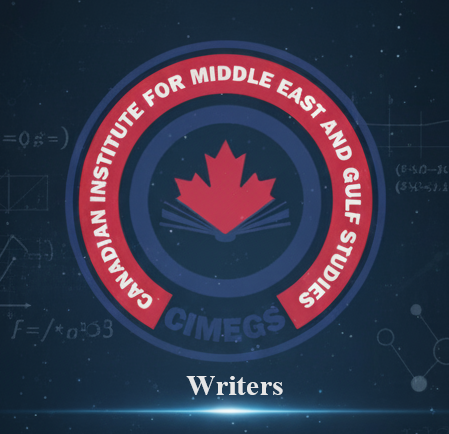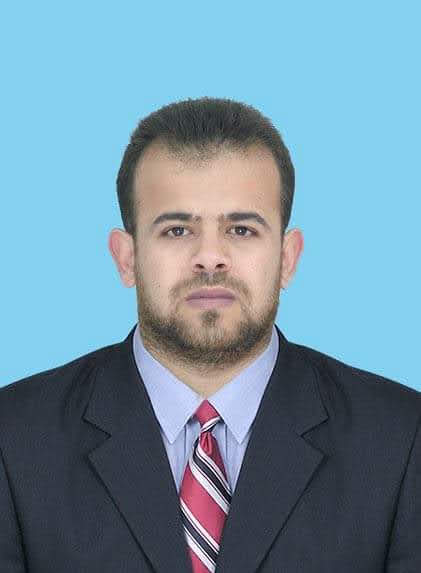There remains an unresolved gap—one that runs deep in the fabric of contemporary Arab consciousness. A gap between what we see and what we truly understand; between what changes around us and what transforms within us. A gap between the fast pace of visible development and the deeper, slower currents of rooted change.
On the surface, it may seem that our reality is moving toward remarkable transformations. Yet upon closer reflection, it becomes clear that much of what is changing around us does not necessarily reflect a parallel transformation within us. This raises a fundamental question:
Are we truly reshaping ourselves, or are we merely rearranging the elements around us?
In my view, any meaningful renaissance—one that should be the true engine of transformation in our region—does not begin with appearances, but with the human being. With an individual who understands their place in the world, and carries within them a project that aligns thought with ethics, and identity with action.
This person is the foundation of any genuine transformation. Everything else may eventually fade, regardless of how impressive it might appear at first.
Conversely, we should not dismiss imitation or external borrowing as inherently negative. In many cases, adopting external technologies or administrative models is a necessary step to bridge historical gaps and engage with global currents.
Great civilizations—whether the Islamic civilization at its peak or modern-day China—did not grow by isolating themselves. They engaged, borrowed, and reworked what they absorbed into forms that suited their own trajectories.
The famed “Bayt al-Hikma” in Baghdad, for instance, was not merely a translation center. It was a living lab for the re-production of knowledge within a cultural and philosophical framework that resonated with its era. The challenge, therefore, is not in acquiring or translating knowledge, but in owning it—remolding it into a coherent vision that balances openness and cultural specificity, modern shifts and ethical roots.
For this reason, it is essential that we move beyond self-flagellation under the banner of “authenticity,” just as we must resist the illusion of “superiority” when it is based solely on appearances that mask deeper stagnation. What we truly need today is the courage to pose a critical question:
Do we possess a clear vision—one rooted in our own awareness and in our ethical commitments to our societies and causes—that allows us to fully grasp our present reality and responsibly shape a balanced future?
This question should not remain confined to thinkers and academics. It should become a vibrant discussion across intellectual, educational, and media institutions—one that ultimately leads to conscious steps toward what could be called a “critical inner renaissance”: A renewal that reshapes our relationship with the self and the collective, and paves the way for a more grounded, independent, and sustainable future.
In this context, it is not necessarily wrong to benefit—even temporarily—from controversial or unconventional figures. There are moments when such encounters offer opportunities for short-term gains. But this must not become a fixed strategy or a guiding principle. Even individuals who seem beneficial at a given moment may carry within them deeper long-term harm, if not handled with clarity and awareness.
Finally, not everything presented in the public eye reflects what is truly planned behind the scenes. What happens behind closed doors is often more far-sighted, more complex, and—at times—more honest than the scripted narratives on display. This is why the real wager lies not in spectacle or momentary alliances, but in our ability to understand what we do, why we do it, and where we intend to go.

